High concept: Keith Arnatt's 'Absence of the Artist' at Sprüth Magers
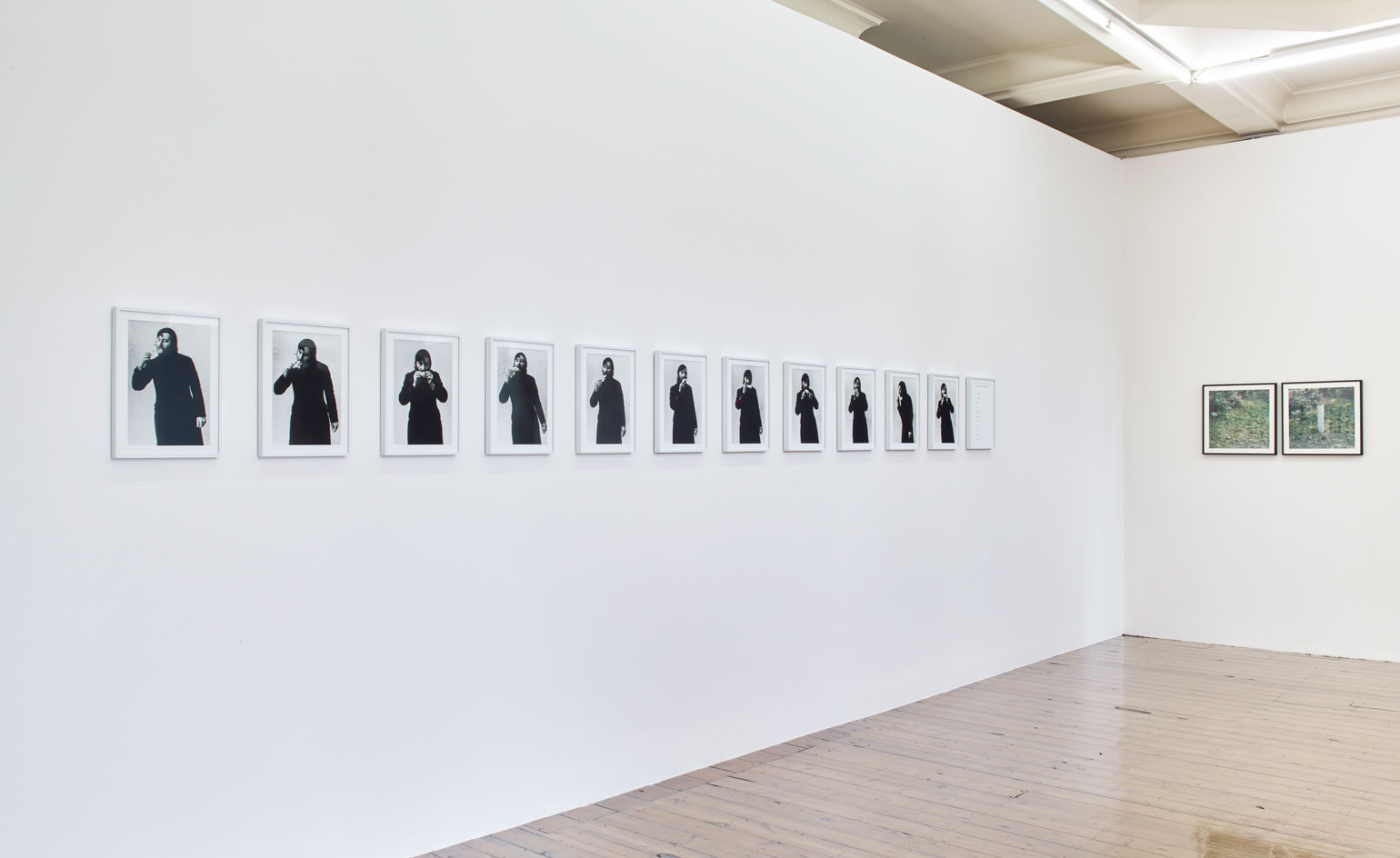
Early conceptual art is surprisingly rich in wit and whimsy, and the late British artist and photographer Keith Arnatt had both in spades, quite literally. One of his key works – and part of a new show at Sprüth Magers’ Mayfair branch – is Self-Burial from 1969, a series of nine photographs of Arnatt slowly sinking into the ground. (A German television station showed the piece in sequence twice a day in October that year and it generated a cult following.)
Arnatt, who died in 2008, is probably best known these days for his pictures of the 18 Post-it notes left on the fridge of their Welsh home by his wife Jo – ‘WHERE ARE MY WELLINGTONS, YOU STUPID FART?’, for example. (Jo was suffering from a brain a tumour at the time and Arnatt cared for her until her death in 1996, adding an unbearable emotional charge to the shots, collected in Notes from My Wife.) As a photographer, of dog walkers and their dogs and rotting waste lit like a Renaissance master, he was a key influence on Martin Parr and others. But this new show, ‘Absence of the Artist', concentrates on Arnatt’s work between 1967–72, before he had fully committed to photography and was producing pioneering land art with a conceptual twist as well as more urban interventions.
Mirror-lined pit, 1968, is pretty much as described; an invisible (present but absent) hole or a buried box of strange presences, depending on the time of the day. Portrait of the Artist as a Shadow of his Former Self , 1969–72, is a temporary-but-more-permanent-than-usual silhouette on the pavement. Arnatt’s work seems at once peculiarly British but also aligned with the conceptualists’ wider questioning of art’s purpose and methods – in that he was deadly serious – and the American deadpan of John Baldessari and other masters of words and pictures. Arnatt’s embrace of photography means that he has been, to a large degree, written out of the history of conceptual art. This show should help to write him back in.
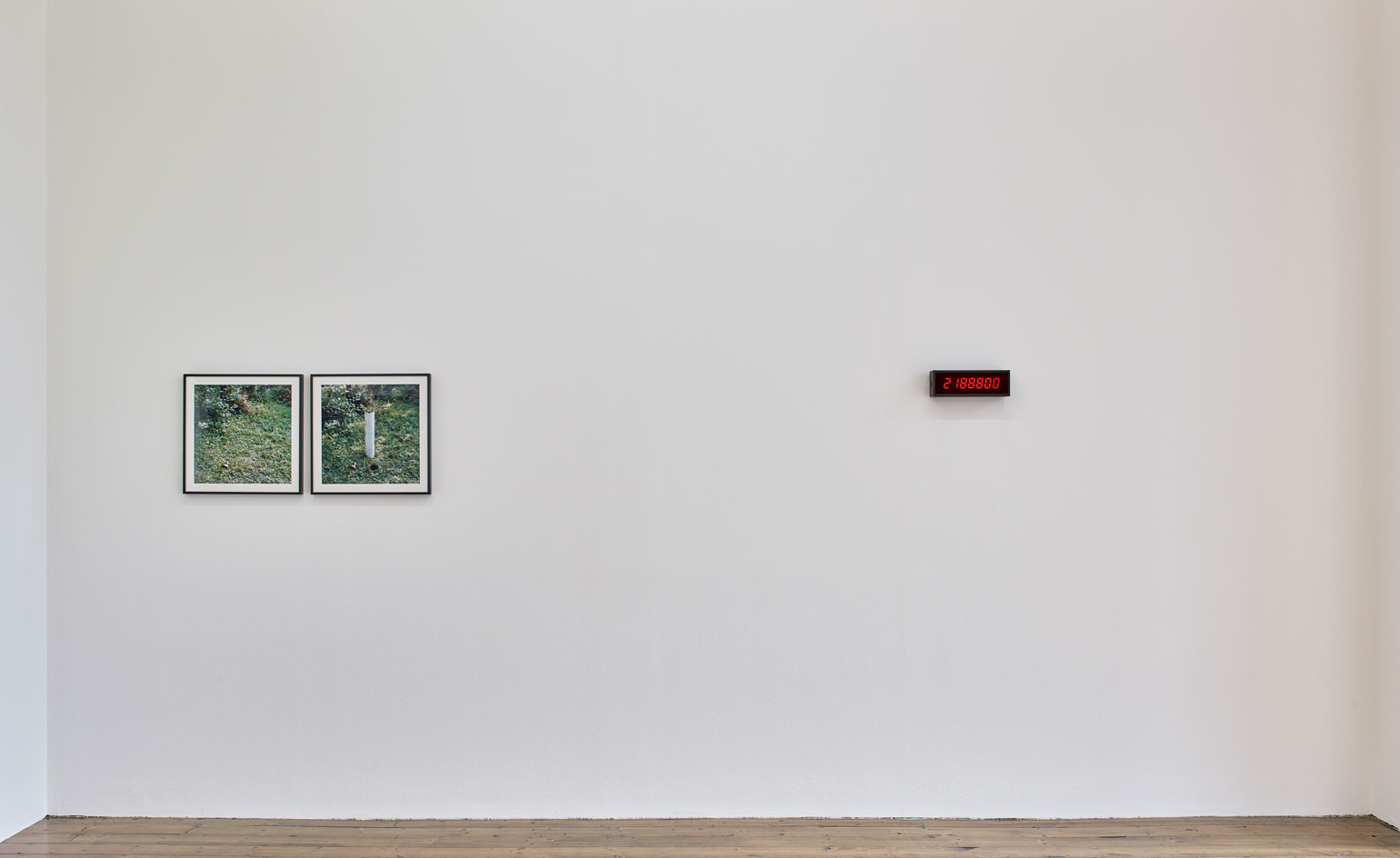
'Keith Arnatt: Absence of the Artist', a new retrospective on show at Sprüth Magers, should help write him back in. Courtesy of Sprüth Magers

Self-Burial – one of his key works, from 1969 – is a series of nine photographs of Arnatt slowly sinking into the ground (left).Courtesy of Sprüth Magers

The show concentrates on Arnatt’s work between 1967–72, before he had fully committed to photography and was producing pioneering land art with a conceptual twist, as well as more urban interventions.Courtesy of Sprüth Magers
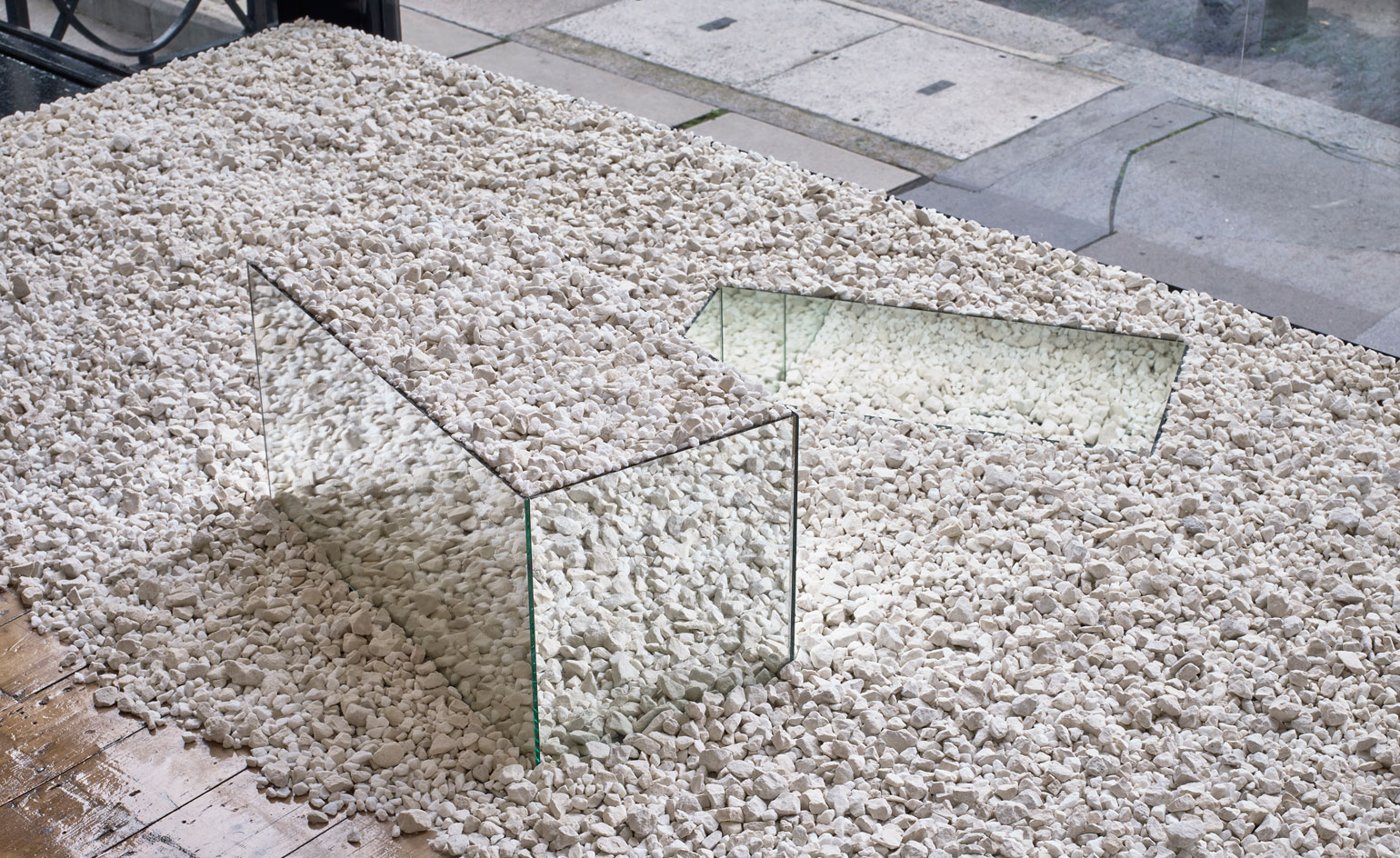
Arnatt’s work seems at once peculiarly British but also aligned with the conceptualists’ wider questioning of art’s purpose and methods – in that he was deadly serious. Pictured: an iteration of the Mirror-plug. Courtesy of Sprüth Magers
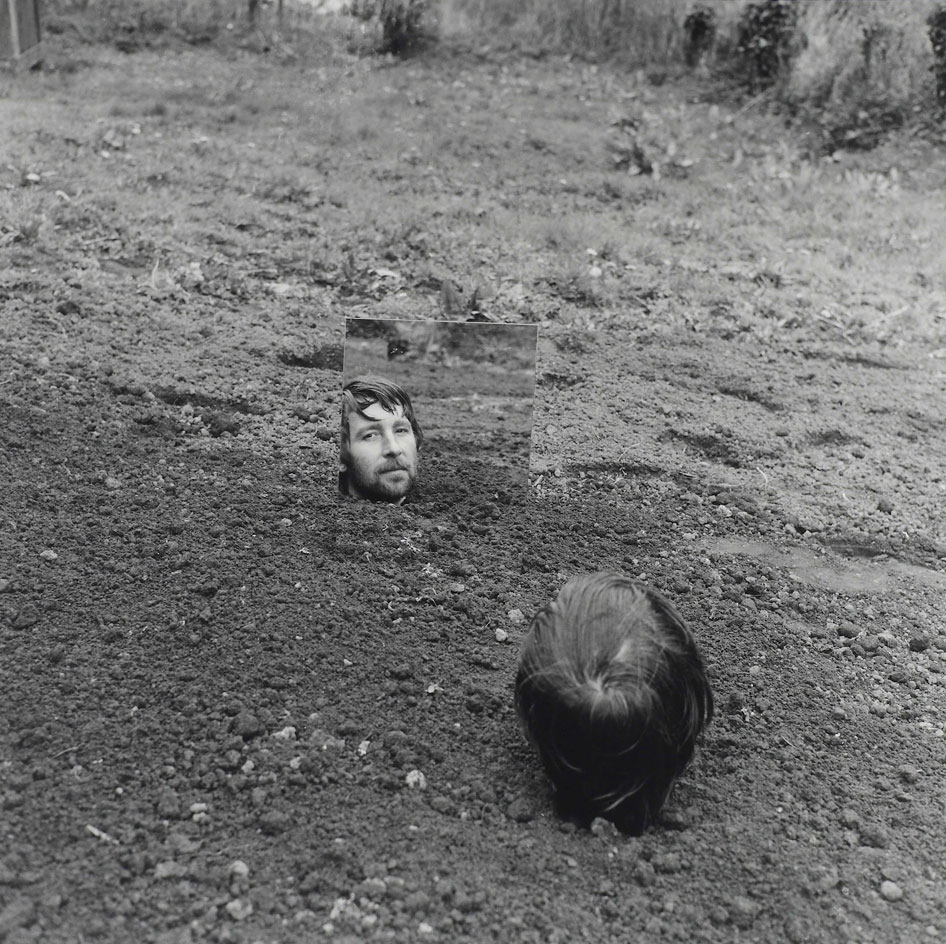
Self-Burial with Mirror, 1969. All Rights Reserved, DACS 2015. Courtesy Sprüth Magers
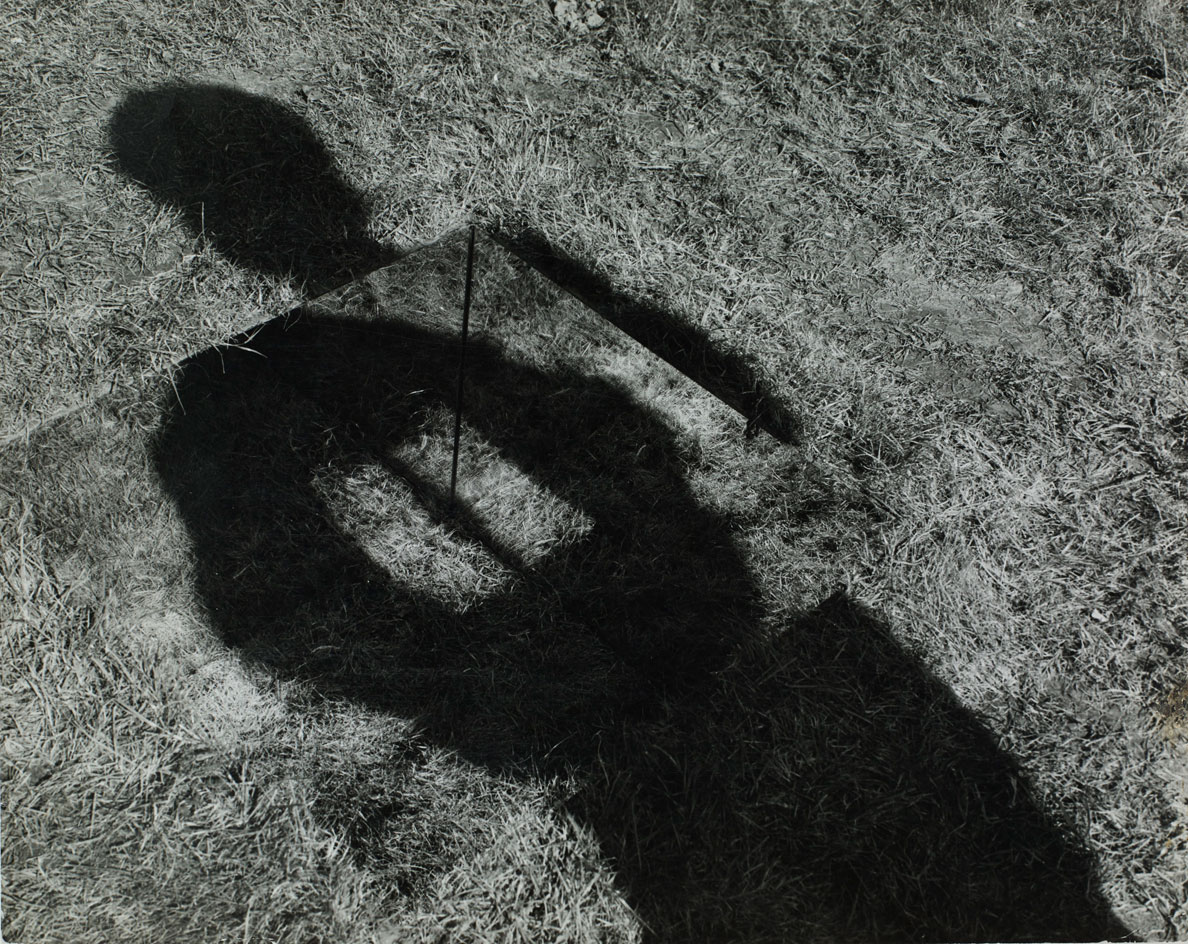
Mirror-lined pit. An invisible hole revealed by my own shadow, 1968. All Rights Reserved, DACS 2015. Courtesy Sprüth Magers
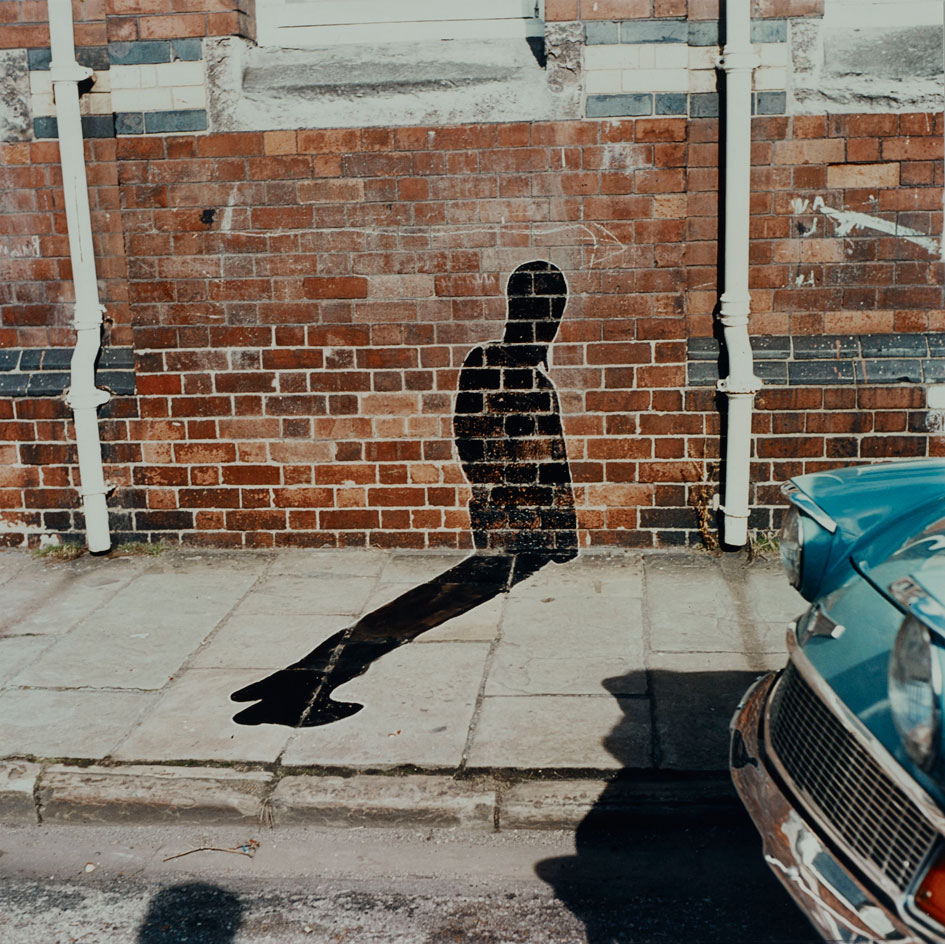
Portrait of the Artist as a Shadow of his Former Self, 1969–72.. All Rights Reserved, DACS 2015. Courtesy Sprüth Magers

Mirror-lined pit (earth bottom), 1968 (first executed June 1969). All Rights Reserved, DACS 2015. Courtesy Sprüth Magers

The Absence of the Artist, 1968. All Rights Reserved, DACS 2015. Courtesy Sprüth Magers
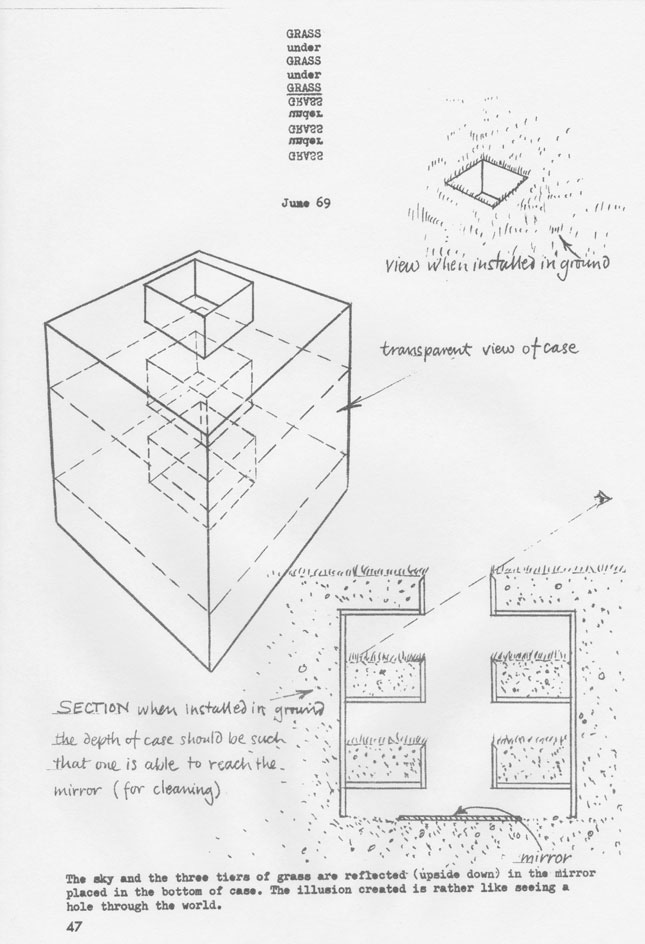
Instruction for Grass under Grass under Grass, June 1969, published in Interfunktionen 4, Cologne 1970. Courtesy Keith Arnatt Estate and Sprüth Magers
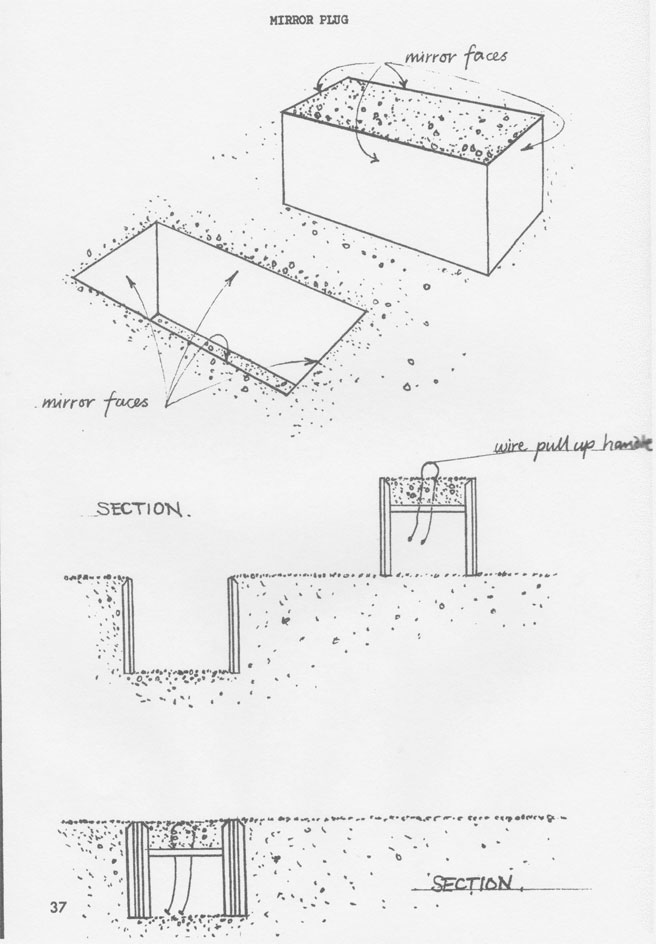
Instruction for Mirror Plug, 1968, published in Interfunktionen 4, Cologne 1970. Courtesy Keith Arnatt Estate and Sprüth Magers
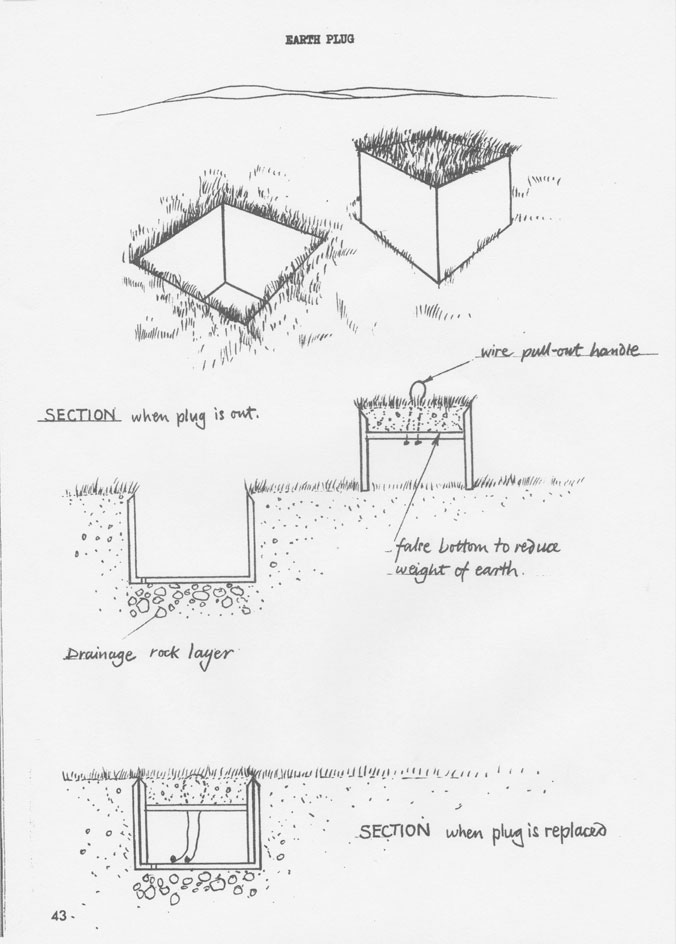
Instruction for Earth Plug, 1967, published in Interfunktionen 4, Cologne 1970. Courtesy Keith Arnatt Estate and Sprüth Magers
Receive our daily digest of inspiration, escapism and design stories from around the world direct to your inbox.
-
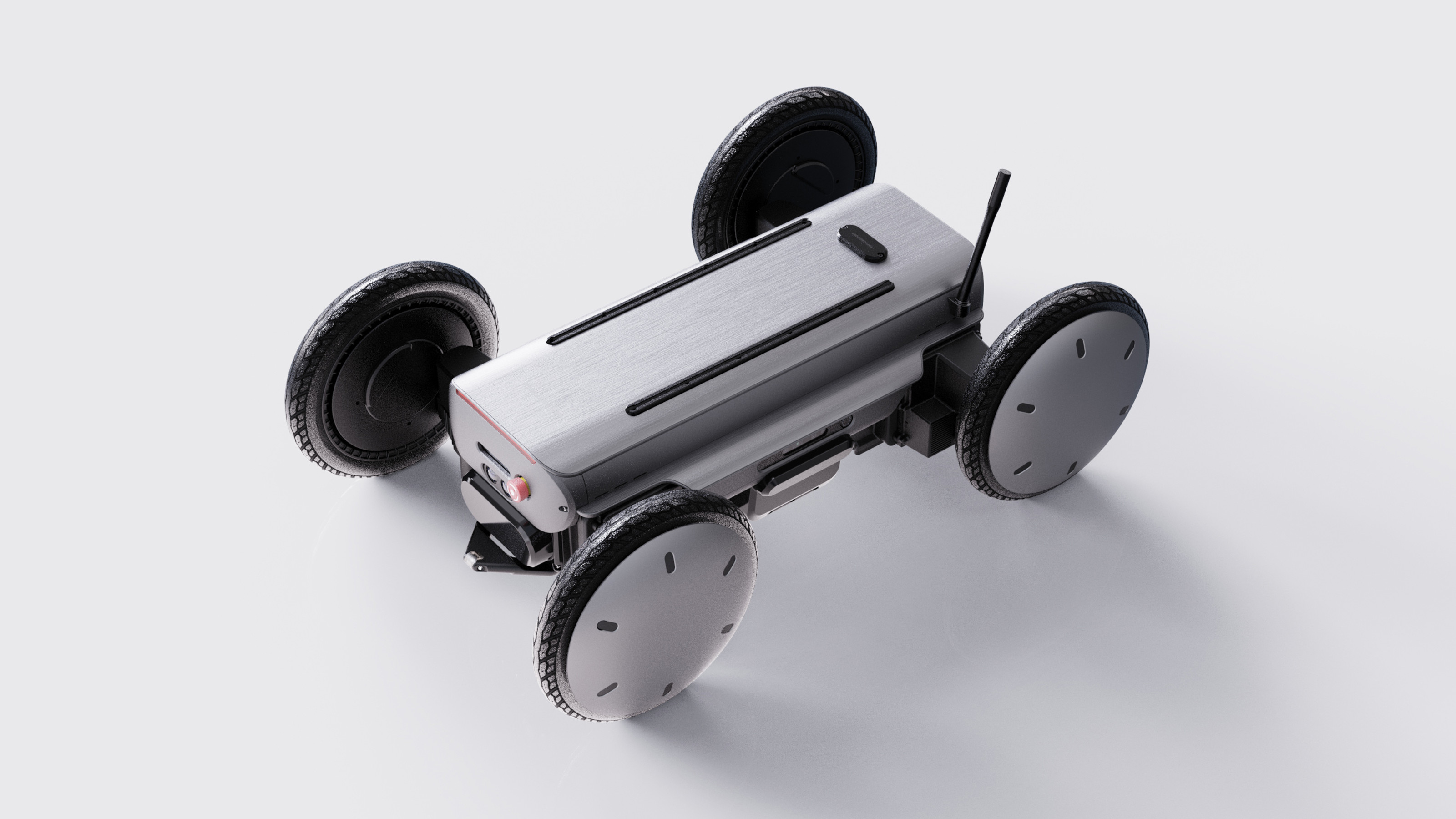 Hyundai is the latest car company to get into robotics: meet the Mobile Eccentric Droid
Hyundai is the latest car company to get into robotics: meet the Mobile Eccentric DroidThe MobED is a new product from Hyundai’s Robotics LAB, pitched at last-mile delivery and industrial applications
-
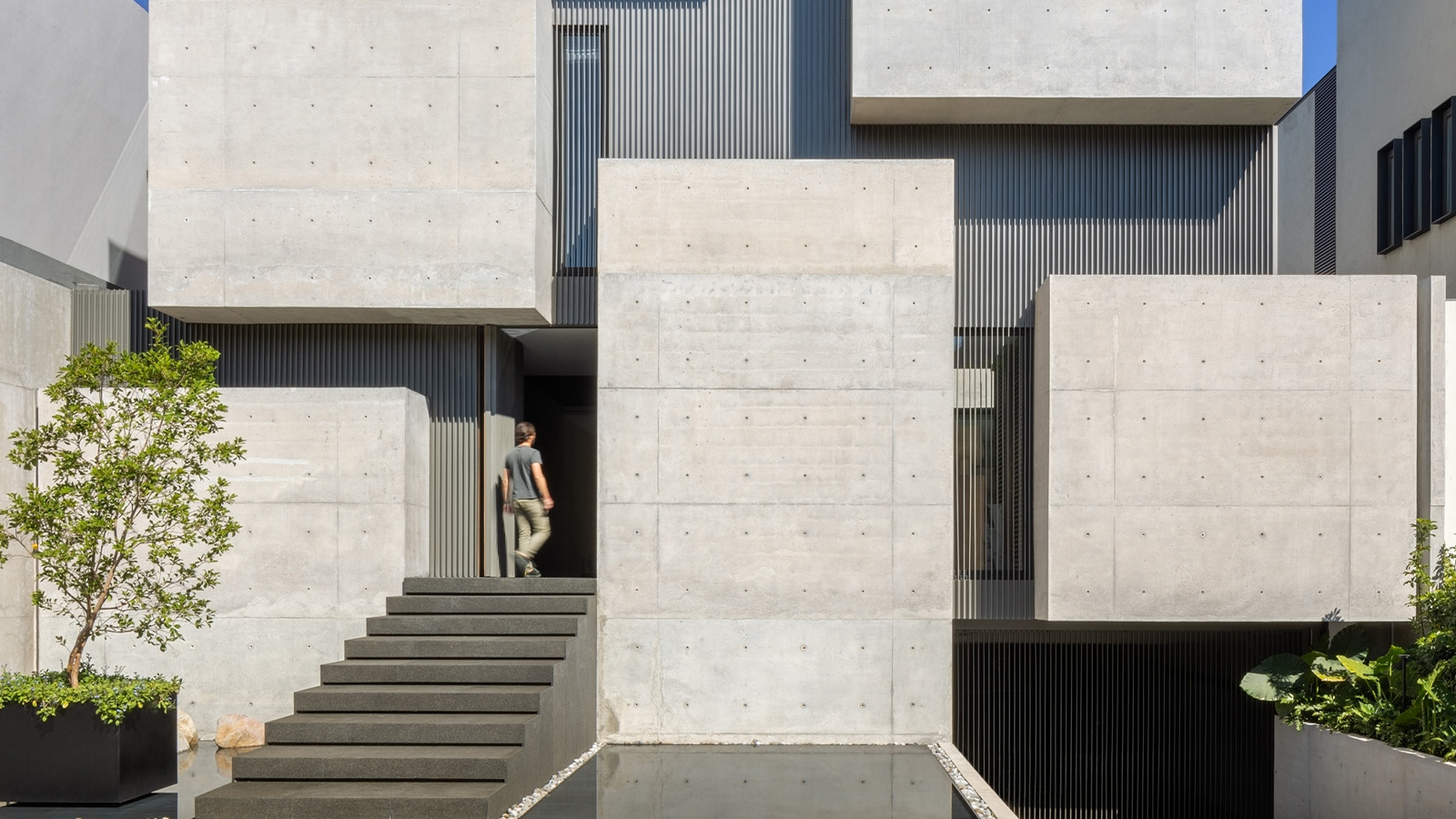 A cubist house rises in Mexico City, its concrete volumes providing a bold urban refuge
A cubist house rises in Mexico City, its concrete volumes providing a bold urban refugeCasa Ailes, a cubist house by Jaime Guzmán Creative Group, is rich in architectural expression that mimics the dramatic and inviting nature of a museum
-
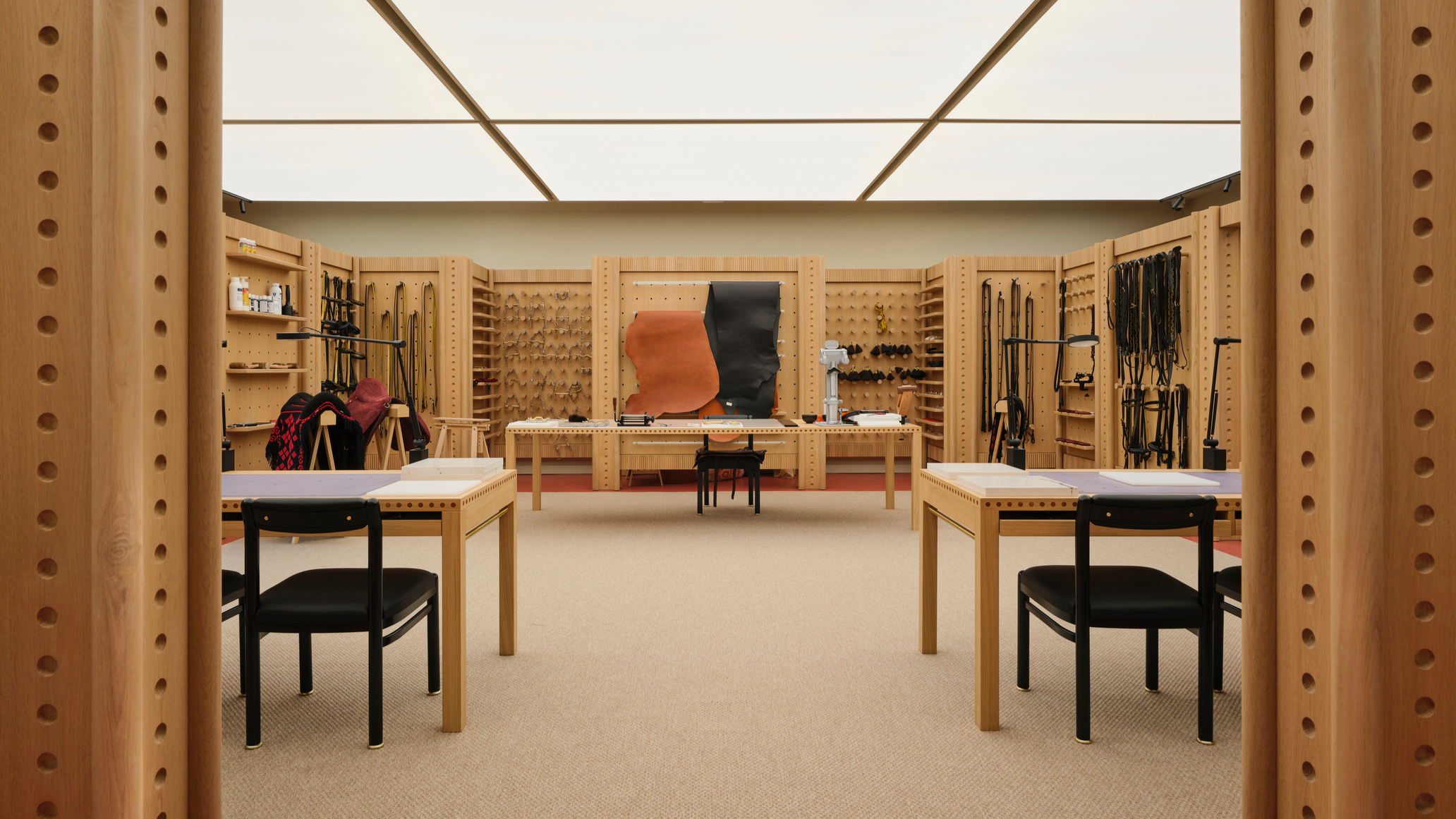 David/Nicolas raise contemporary craft to a canter at this new Abu Dhabi riding school
David/Nicolas raise contemporary craft to a canter at this new Abu Dhabi riding schoolThe Lebanese design duo draw on Emirati equestrian heritage to create two contemporary spaces for ADREA, a new school of classical horsemanship
-
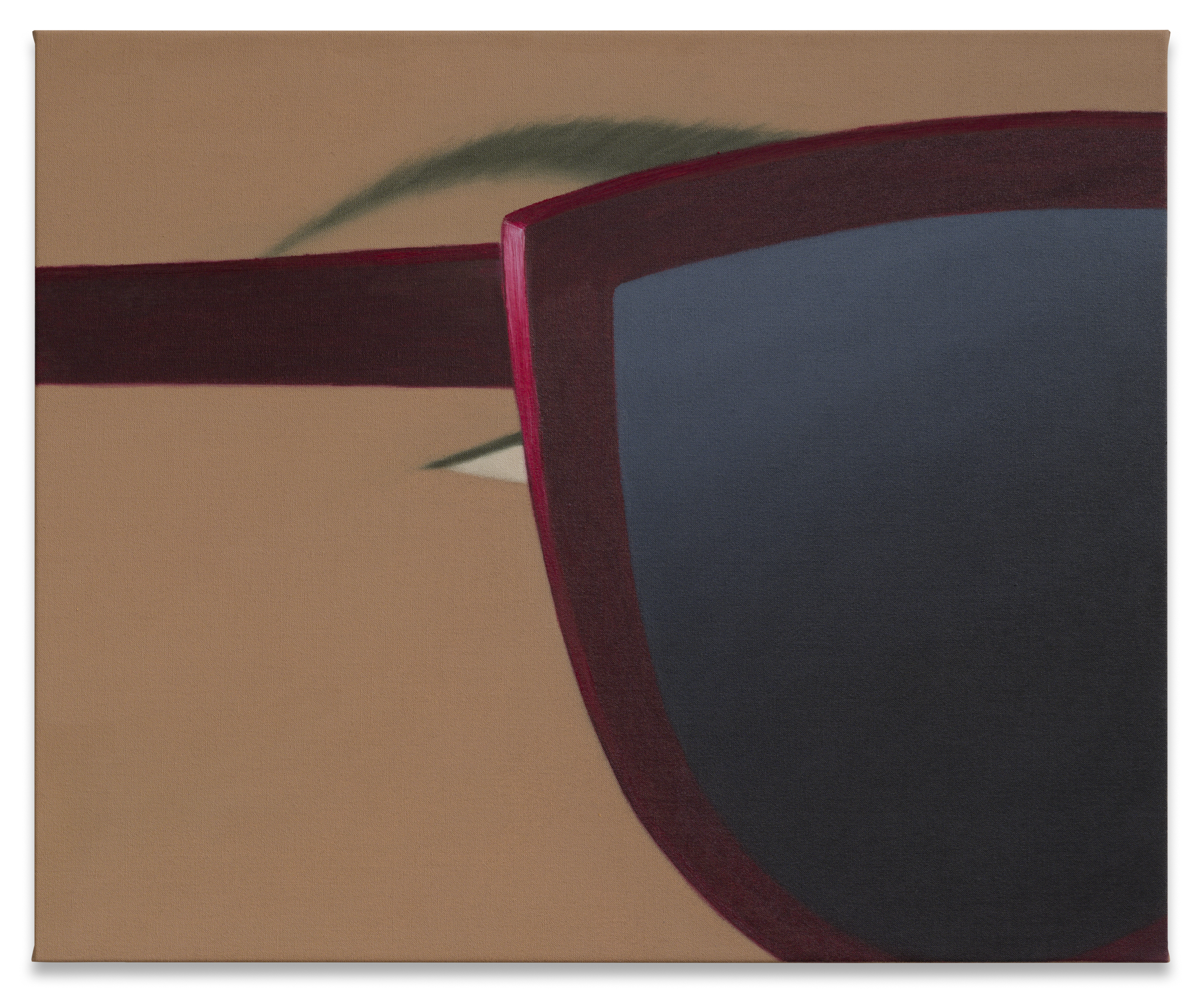 What's the story with Henni Alftan’s enigmatic, mysterious paintings? The artist isn’t saying
What's the story with Henni Alftan’s enigmatic, mysterious paintings? The artist isn’t sayingParis-based artist Henni Alftan's familiar yet uncanny works are gloriously restrained. On the eve of a Sprüth Magers exhibition in Berlin, she tells us why
-
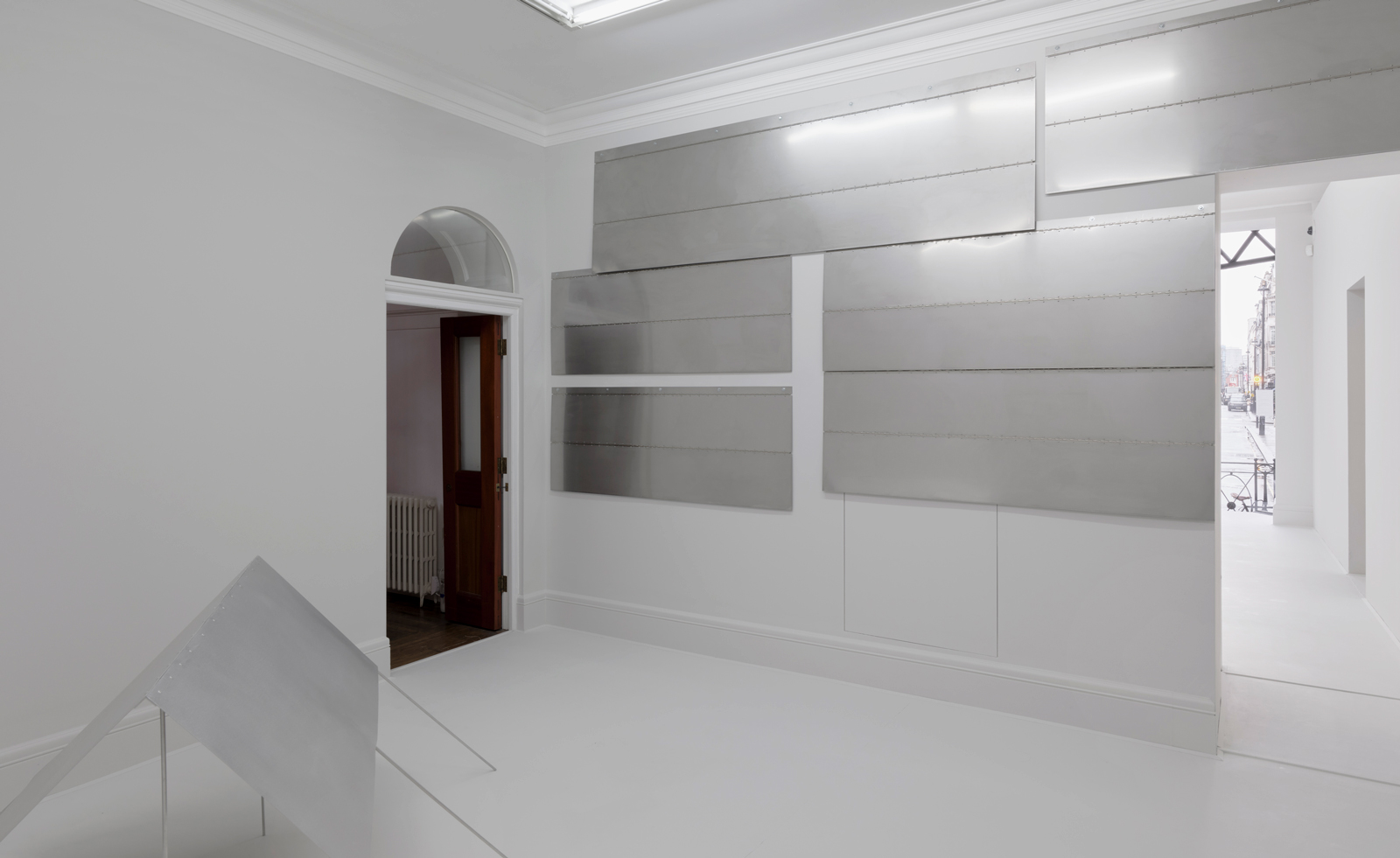 Don’t miss: Thea Djordjadze’s site-specific sculptures in London
Don’t miss: Thea Djordjadze’s site-specific sculptures in LondonThea Djordjadze’s ‘framing yours making mine’ at Sprüth Magers, London, is an exercise in restraint
-
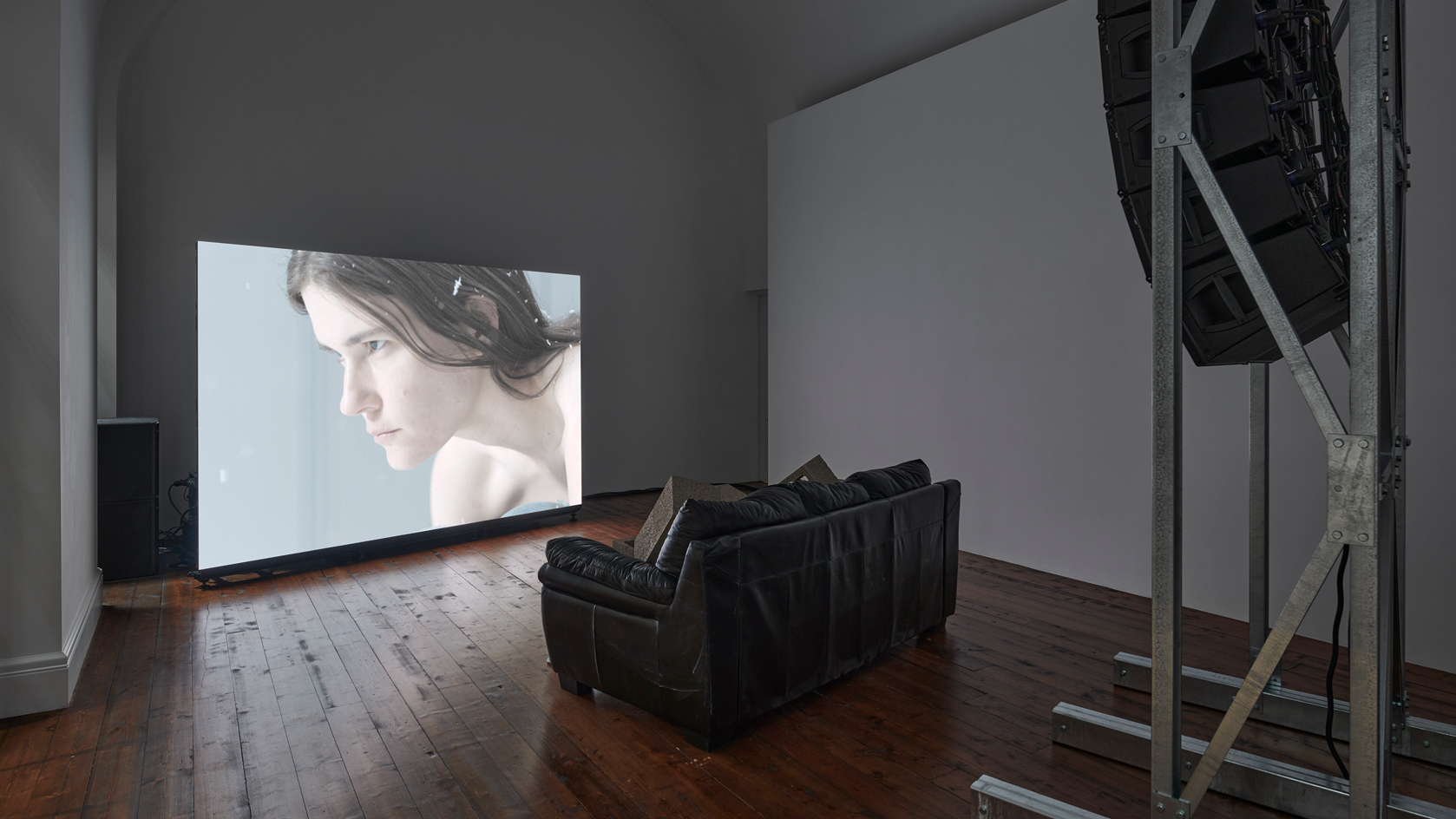 Anne Imhof ‘Avatar II’ review: a psychological thriller to make you wince and wonder
Anne Imhof ‘Avatar II’ review: a psychological thriller to make you wince and wonderGerman artist Anne Imhof’s ‘Avatar II’ exhibition at London’s Sprüth Magers is a compelling, uncanny probing of contemporary culture, reality and artifice
-
 Cao Fei’s dystopian fantasies fuse art and technology
Cao Fei’s dystopian fantasies fuse art and technologyChinese artist Cao Fei’s dystopian art tackles themes such as the automation of labour, hyper-capitalism and the effect of a global pandemic. Having just completed her first major solo show in Beijing, the prolific winner of the 2021 Deutsche Börse Photography Foundation Prize is going global, with her retro-futuristic take on contemporary life now the subject of exhibitions from Los Angeles to Rome, and a 20-page portfolio for Wallpaper*
-
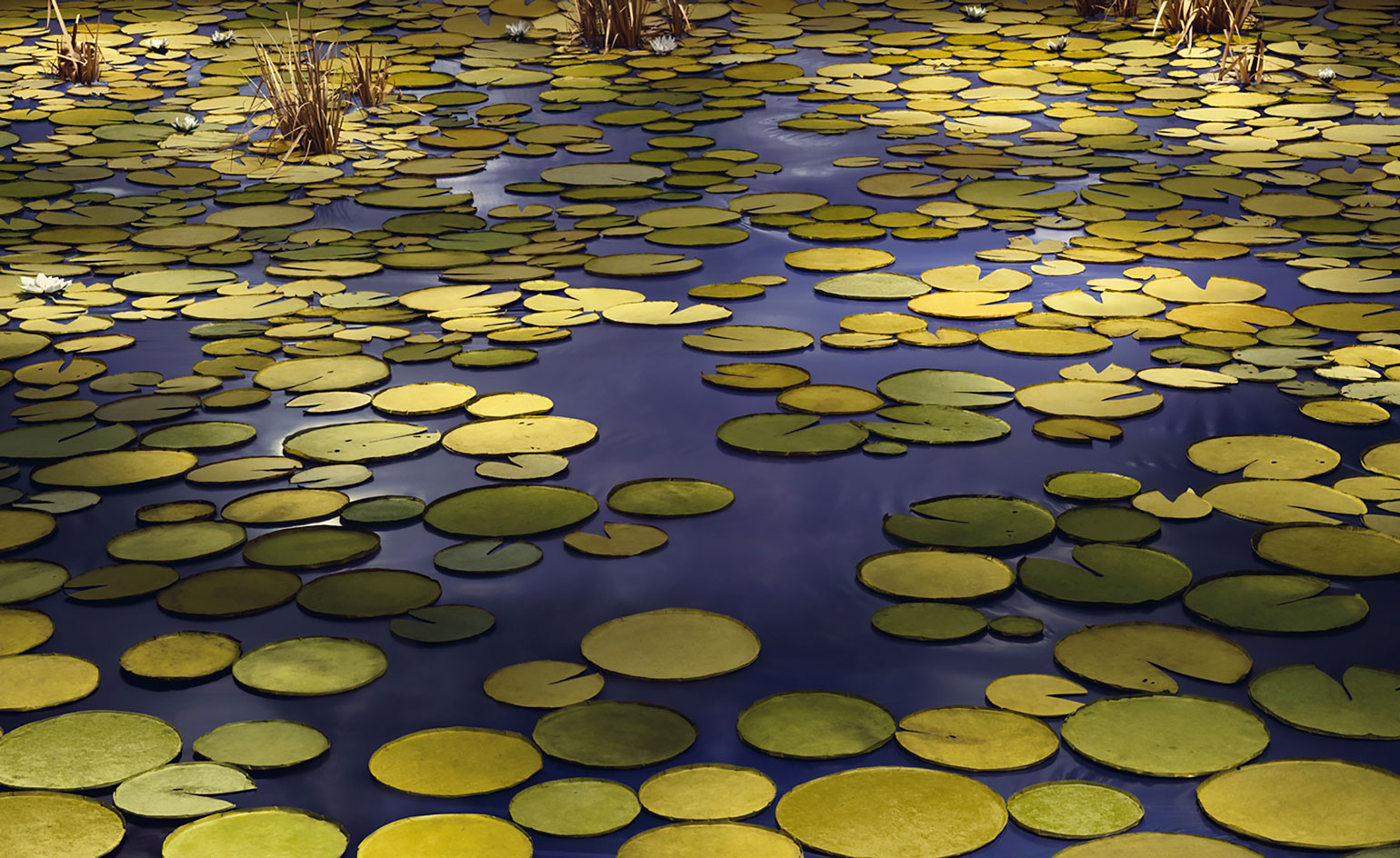 Thomas Demand: artificiality, nature and Azzedine Alaïa
Thomas Demand: artificiality, nature and Azzedine AlaïaAt Sprüth Magers London, German sculptor and photographer Thomas Demand explores the tensions between artificiality and nature, and steps inside the atelier of legendary Tunisian couturier Azzedine Alaïa
-
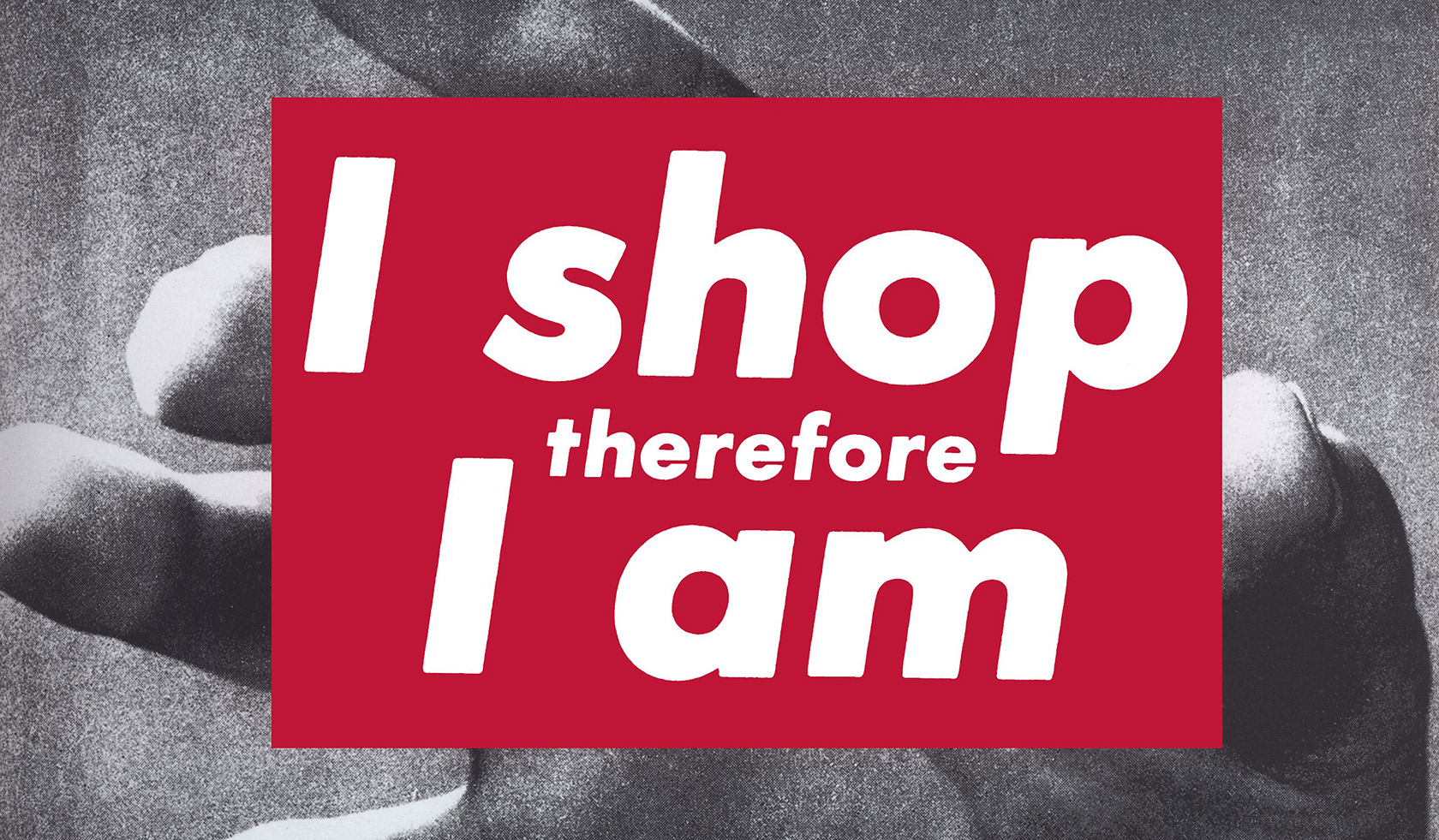 A bold social commentary since the 1970s, Barbara Kruger’s art is as incisive as ever
A bold social commentary since the 1970s, Barbara Kruger’s art is as incisive as everFor our December 2010 Entertaining Issue (W*141), we sat down with American conceptual artist Barbara Kruger to discuss message-making, the art market, and her agitprop commentaries on gender, race, consumerism, identity and more
-
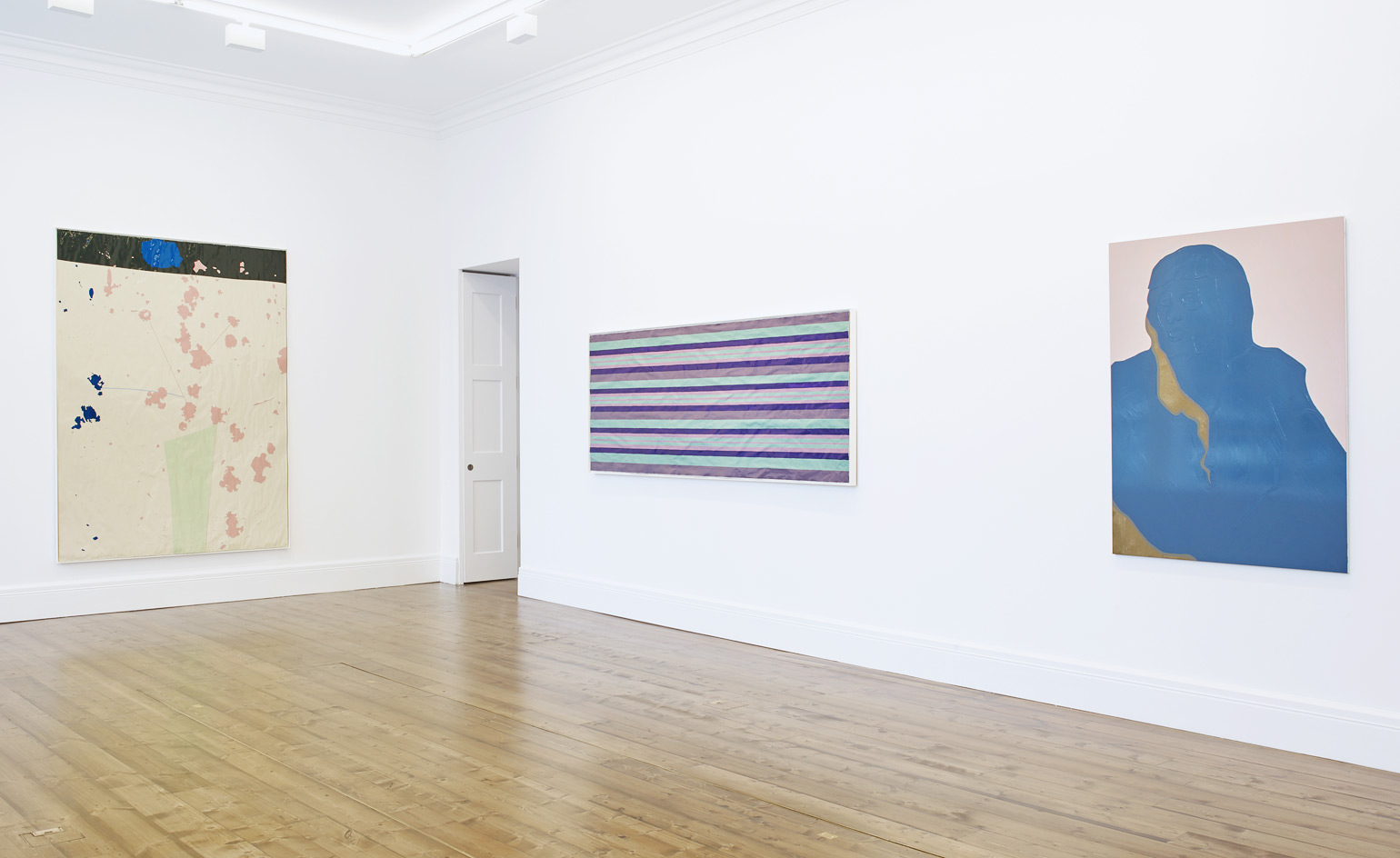 Gary Hume keeps it in the family at Sprüth Magers’ newly revamped London gallery
Gary Hume keeps it in the family at Sprüth Magers’ newly revamped London gallery -
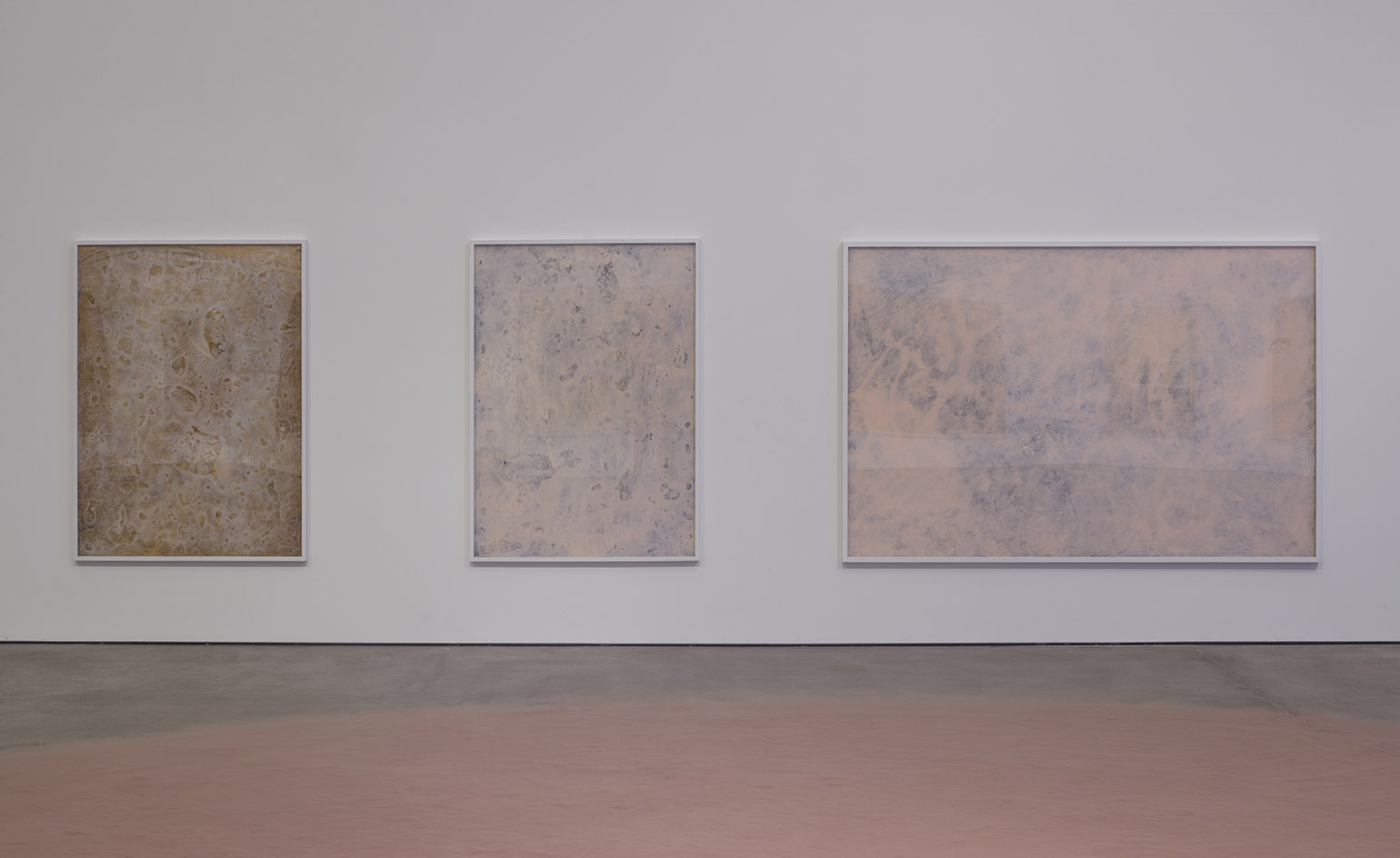 Common scents: Pamela Rosenkranz’s latest exhibition is right on the nose
Common scents: Pamela Rosenkranz’s latest exhibition is right on the nose